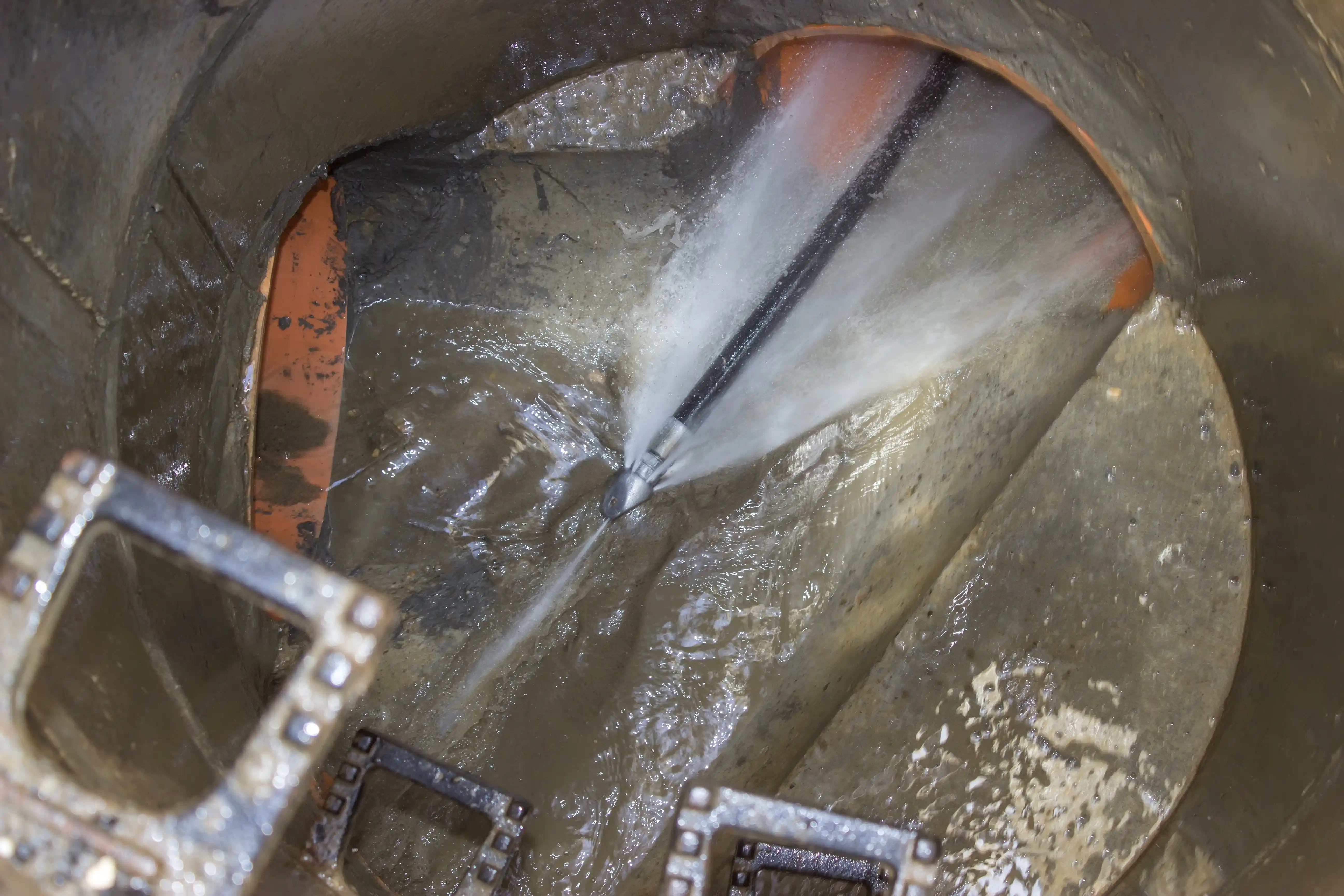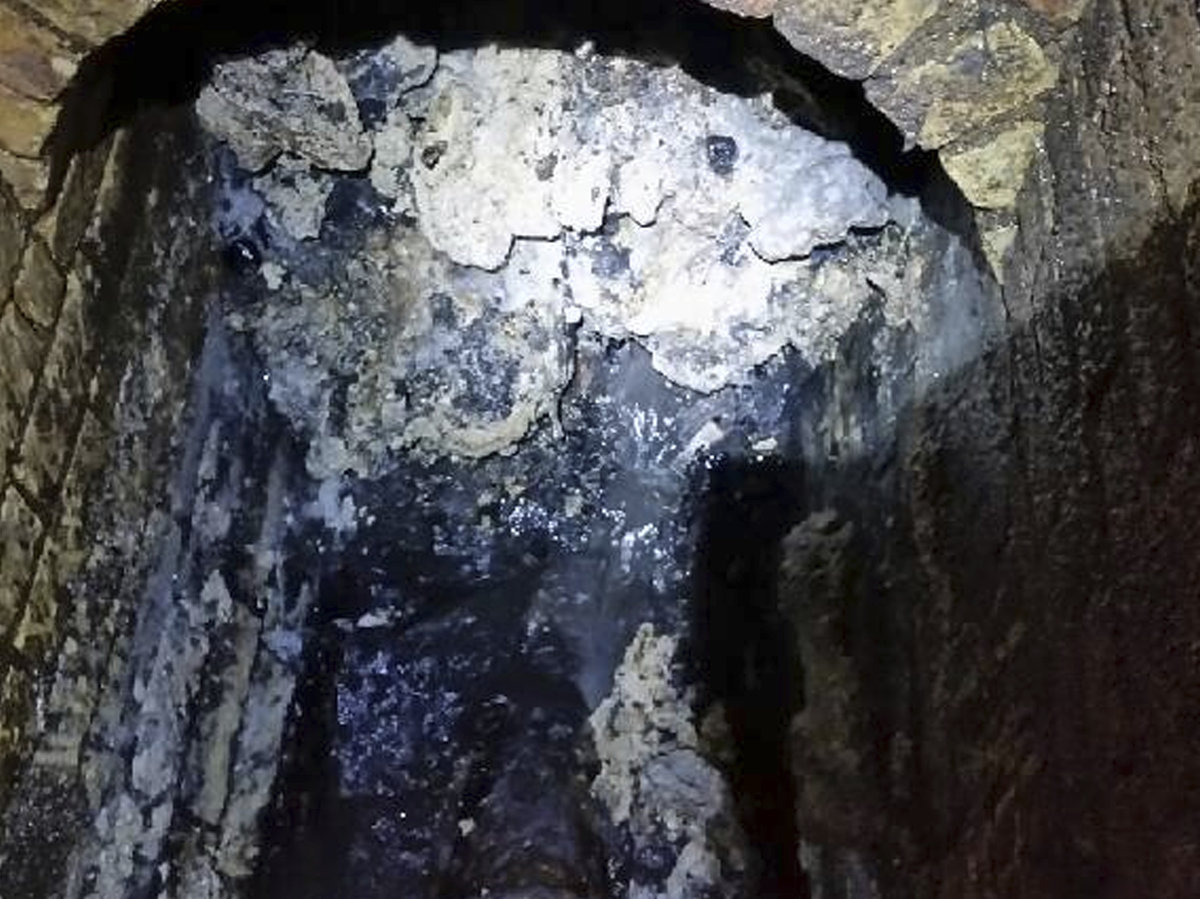Fats, oils and grease, also known as FOG, is one of the most harmful types of waste flushed down the drain. The primary source of FOG is cooking and food preparation, and while residential homes are significant contributors, commercial restaurants and manufacturing plants are actually the biggest source. Most restaurants produce FOG constantly due the nature of their work. While many dispose of it properly via a trash can or recycling program, FOG still makes its way down into the sewers at an alarming rate.
Sewer Basics: Fats, Oils and Grease (FOG)
[fa icon="calendar'] Sep 2, 2021 11:59:43 AM / by WinCan
Sizing Up London's 130-Ton Fatberg
[fa icon="calendar'] Oct 16, 2017 7:01:05 PM / by WinCan
What is longer than two soccer fields and weighs more than 19 African elephants? A fatberg that was recently found in east London, that’s what. The fatberg, coined ‘total monster’ by The Guardian, weighs 130 tons and is 820 feet (250 meters) long. Thames Water and Lanes Group, WinCan Web sewer asset management software users, found this massive deposit of fats, oils, grease, wipes and other household waste during a routine inspection in Whitechapel, in London’s East End. Sources say it will take sewer workers three weeks to break up the fatberg and restore the sewer pipe. Once broken up, the waste will be sucked up and taken for disposal at a local recycling plant.






